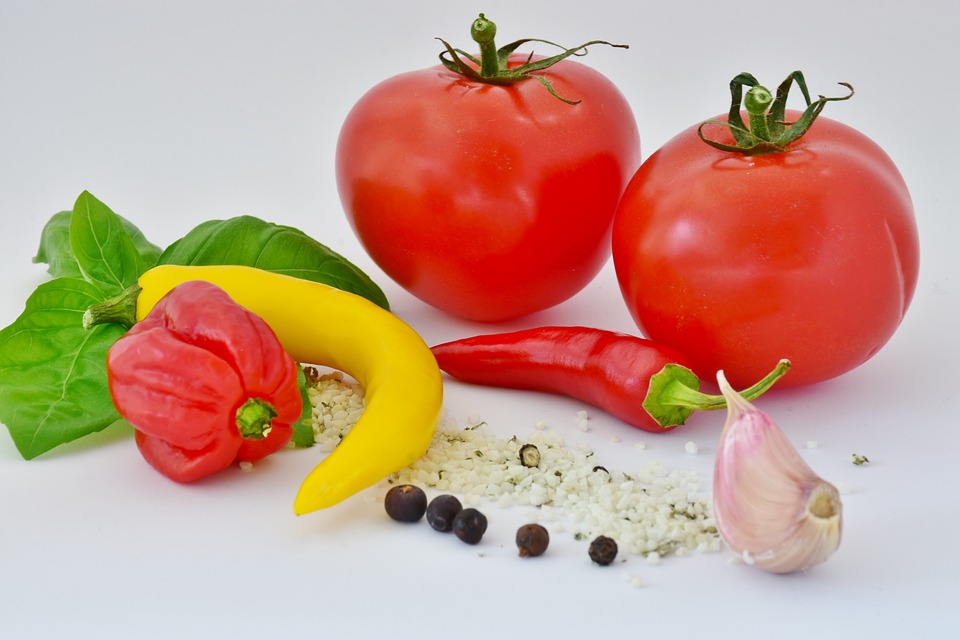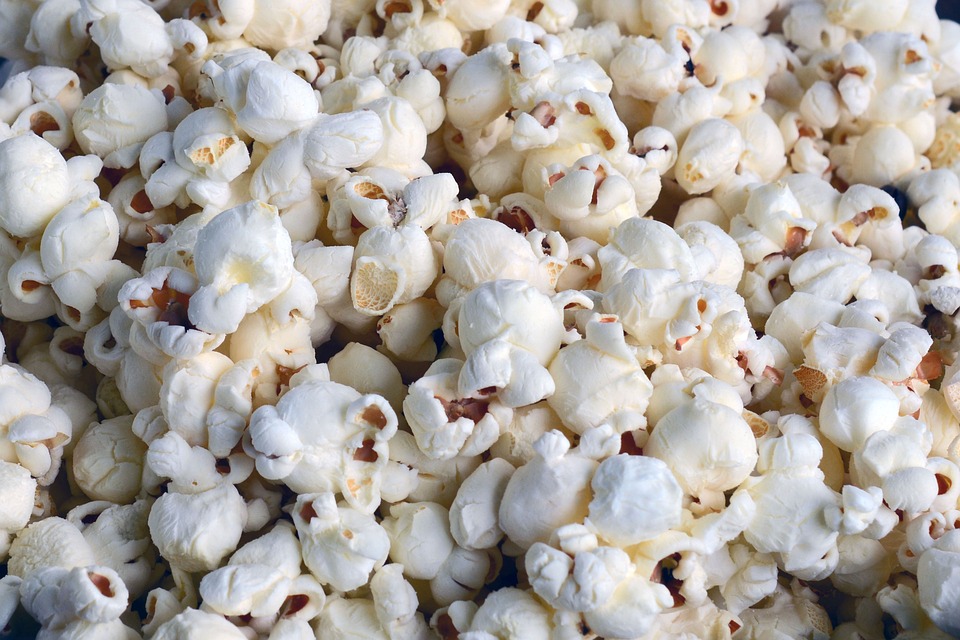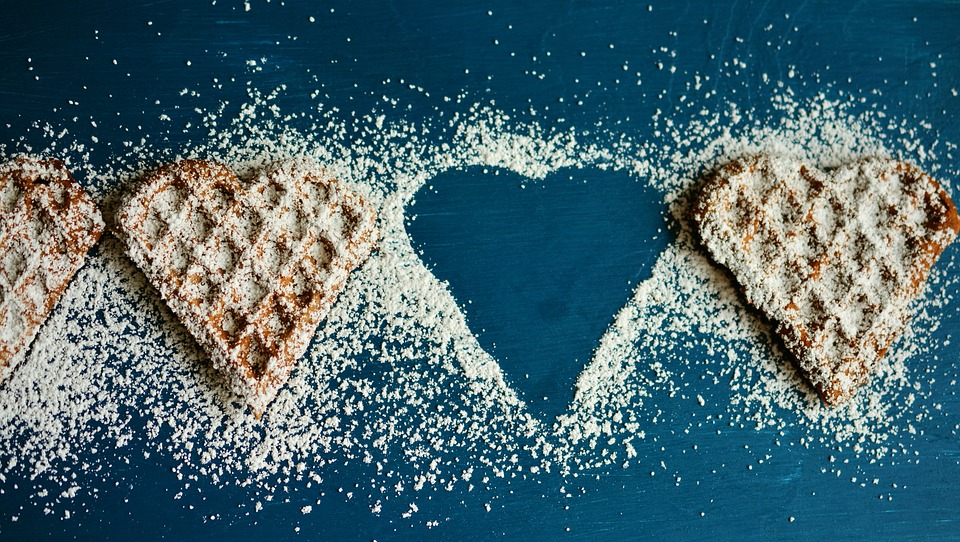
Thinking of going “without salt” or “without sugar”? Things you should think about
Cravings for salt and sugar
If you’re like me, diabetic, overweight, or both, I bet your doctor has told you, on more than one occasion, to “cut back on salt and cut back on sugar.” While it’s easy to avoid adding sugar or sprinkling salt on our food, there are plenty of places for salt and sugar to hide. Processed meats, cheese, ready-made soups, Chinese takeaways, non-diet sodas, and even restaurant-made green leafy salads are all prime suspects.
Salt is the mystery of spice. Salt, known chemically as sodium chloride, is one of those minerals that are both beneficial and toxic to life. Also known by its chemical name, NaCl, salt in its various forms will be actively sought after by organisms, instinctively. Everyone remembers putting salt licks to wandering animals, especially in the winter months.
But there is a dark side: too much salt leads to fluid retention and, in some cases, death.
Since ancient times, salt has been prized, either as an additive to foods or as a preservative. Meat was regularly salted for long ocean voyages or caravan voyages among ancient peoples.
Our word for money, i.e. salary, derives from a Roman custom of paying their troops instead of hard currency.
For most of us in these modern times, the foods we eat have been processed to include salt. Accordingly, we tend to have an excessive intake of salt in our bodies. While it is true that we need about 2.5 grams, or about 2,500 milligrams of salt per day for life, our modern foods usually give us more without adding more salt.
Did you know that even restaurant salads are full of salt?
What do we use instead of salt?
We can switch to some form of salt substitute. There are a number of salt substitutes readily available on the market, and almost all of them are based on some form of potassium chloride (KCl).
For most people, it is KCl that stimulates our taste buds in a similar way to NaCl salt. The downside is that for a good many of us, KCl leaves a metallic and bitter taste.
Commercial formulations include “NoSalt”, straight KCl, NuSalt, a mixture of NaCl and KCl, and “SoSalt”, which is a mixture of KCl and lysine. All of these are designed to stimulate our taste buds to trick us into thinking we’re tasting “salt.”
But there are alternatives. If you go online, you’ll find a bunch of articles describing sodium chloride (NaCl) substitutes, particularly herbs, citrus fruits, and spices that also trick the body into thinking it’s encountering sodium chloride.
While this article does not claim to be “be all, end all” salt substitutes, it does recognize that we get a lot of salt “naturally” through our processed food items.
Another downside to using potassium chloride-based salt substitutes is that the body retains both NaCl and KCl. In the case of potassium, we can easily overdose on potassium and “poison” ourselves with too much potassium.
Excess doses of potassium are called hyperkalemia. “Symptoms of hyperkalemia include, but are not limited to, muscle weakness, fatigue, a tingling sensation, or nausea. Severe overdose can lead to slow heartbeat, weak pulse, and severely low blood pressure. Other reported symptoms include stomach pain, a general feeling of nausea, and diarrhea. Other symptoms include: feeling tired, feeling weak or nauseous, or having heart palpitations or skipping heartbeats.
But how can we get rid of adding salt to our diet without also adding potassium? One of the most effective ways is to use a potassium-free salt substitute, but it can still stimulate the salivary glands in the same way that salt does.
Salt substitutes:
We have already mentioned the most popular commercially available salt substitutes: NoSalt, SoSalt, and the like. All of these types of products are different forms of potassium chloride.
As we’ve also noted, most people don’t notice the difference in taste, the sour and metallic aftertaste.
Besides the possibility of getting too much potassium in your diet, salt substitutes that contain potassium are not healthy for you.
Fortunately, there are other salt substitutes on the market. These work by stimulating receptors in the mouth that make us feel like we’ve eaten salt. The most effective contains a form of citrus or citric acid.
I tried six commercially available products, Bragg™ Sprinkle Herb and Spice Seasoning, Mrs Dash™ Salt Free Seasonings, Lawry’s™ Salt Free 17 Seasoning, Benson’s™ – Delicious Salt Replacement, Kirkland Organic Salt Free Seasoning, and Chef Paul Prudhomme’s Magic Salt Free Seasoning Mix.
All are acceptable substitutes for salt substitutes that contain potassium.
However, you may find others. There are even recipes online for making a sodium-free salt substitute.
In this article, when I ask for a “salt substitute,” feel free to use whatever brand or version suits your taste.
Sugar substitutes:
There are a number of sugar substitutes on the market. Some contain natural ingredients, and some contain only synthetic ingredients.
I have tried most of them, and have tried to stay away from any artificial sweetener that contains aspartame and similar artificial ingredients.
Processed natural sweeteners, made with natural plant extracts, such as Swerve™, Stevia™, monk fruit, and sugar alcohols (such as erythritol or xylitol) tend to taste sweeter than sugar (Stevia™ is 200 times sweeter than sugar). However, there are downsides to most of them.
stevia (Stevia Rebaudiana Bertone)
The stevia plant gets its sugary sweetness from a series of compounds, mainly steviosides and rebaudiosides, which are estimated to be 150-400 times sweeter than common sugar. Because of its ease of processing, a commercial product labeled Stevia™ is usually made with Rebaudioside-A, or just “Reb-A”. However, Reb-A leaves a bitter, irritating licorice aftertaste.
Other Rebaudiosides, notably Reb-D and Reb-M, are more “sugar-like,” and have no aftertaste. Reb-D is the most widely available, and sugar substitutes containing Reb-D are now appearing on the market. Their containers are clearly marked with “Reb-D”. One such product is Stevia Naturals™, which tastes very close to “real” sugar.
erythritol
Erythritol, in granular form, dissolves slowly in liquids, but the powdered confectionery form is preferred: it dissolves much faster.
Erythritol is not generally considered a 1:1 substitute for sugar. The ratio is closer to 1:1?, requiring a third more erythritol than its sugar counterpart. However, the taste of straight erythritol is not as satisfying as sugar.
Monk fruit extract
The combination of monk fruit extract and erythritol tastes very much like sugar, and they are acceptable and affordable alternatives to sugar, especially in baking. I used this commercially available mix to make very good pancakes and pancakes.
xylitol
Xylitol is one of the compounds classified as a sugar alcohol. Chemically, sugar alcohols have a molecular structure that reproduces and combines the attributes of both sugar and alcohol, hence the name. Sugar alcohols are found naturally in many fruits and vegetables. Humans also produce small amounts of xylitol via normal metabolism.
However, xylitol is not calorie-free.
Sugar contains, on average, 4 calories per gram.
Xylitol contains 2.4 calories per gram.
Xylitol contains 40% fewer carbohydrates than sugar, but it still contains carbohydrates. Because of its low glycemic index, xylitol is a very good sugar substitute for weight management and for diabetics and diabetics.
Sugar alcohols tend to have lower glycemic indexes — a measure of how high a compound raises blood sugar. Xylitol has a glycemic index of 7, while sugar has a glycemic index of 60 to 70.
Although sugar alcohols are technically carbohydrates, they do not raise blood sugar levels while giving the impression that you are eating sugar. Sugar alcohols are common sweeteners for soft drinks and low-carb products.
You can use Xylitol as a direct 1:1 substitute for sugar.

